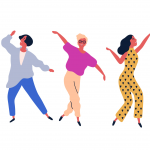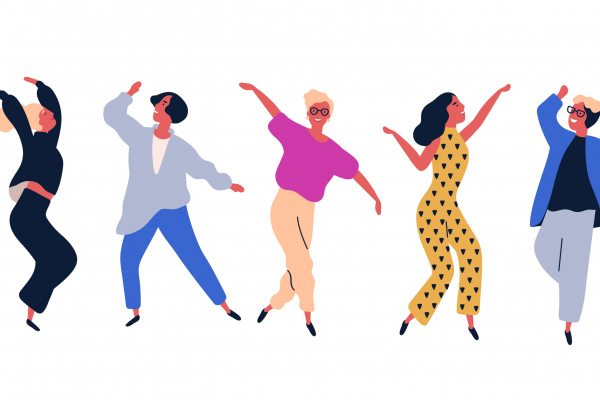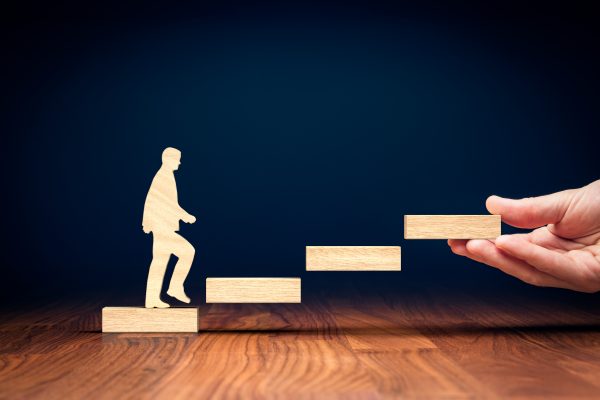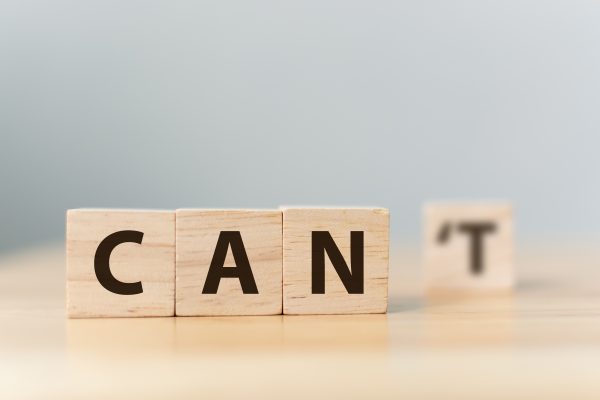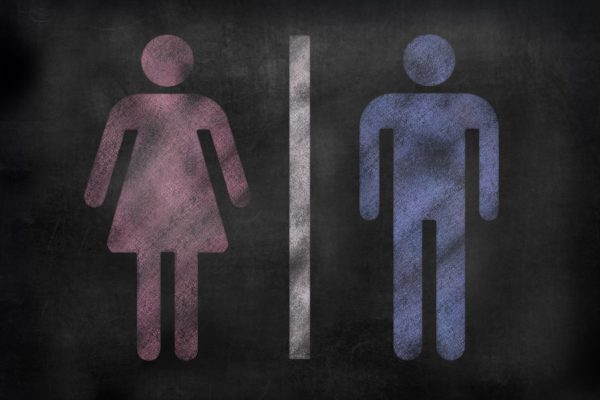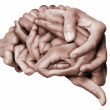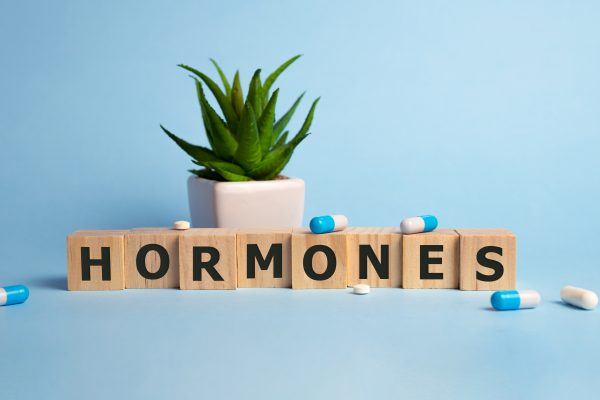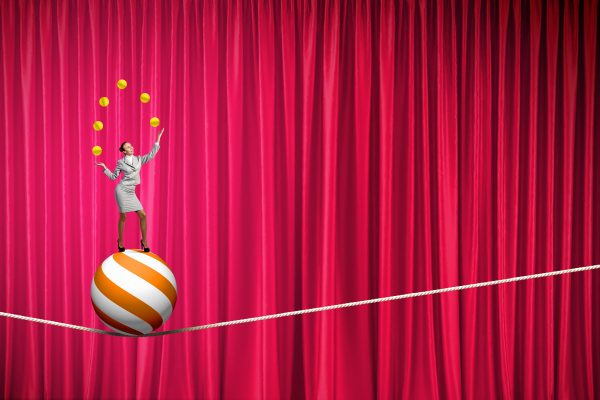Super PT and women’s health expert Jem Brooks shares her game changing 5 tips to help you get in sync with your hormone health. Our hormones influence so much in life from exercise to work to relationships. Women have a number of huge life stages between puberty and menopause. And every month we have a natural cycle, of an average 28 days. As we start to get closer to our forties we may notice suddenly that our usual exercise routine and the way we eat doesn’t serve us anymore, and we have no idea why. Our body composition changes. We retain weight around our belly, we feel tired and demotivated.
It’s no surprise that a billion-pound diet industry makes it really confusing to know what actually works to help you have the body you feel fabulous in. It almost feels like a constant struggle for women with so many pressures to look good as well as work, look after a home and perhaps also children. Often grabbing the wine seems the best way to relax!
Don’t Worry, It’s All Normal
Let me tell you that all of this is normal. A quote I adore that really resonates with every woman I work with is, “Women are not small men”, from the fabulous Dr Stacy Sims.
So here are a few tips to help get you thinking and get a handle on your hormone health, now and during peri-menopause so you can adapt to a more cyclical way of exercising & living.
Realise you are not a small man!
This is powerful so read on.
A man’s rhythm is typically 24 hours. A man will wake up in the morning with testosterone at its highest and it gradually tapers off during the day. The same pattern repeats itself day in day out.
A woman however, has fluctuations of oestrogen, progesterone and testosterone over the course of a menstrual cycle that impact hormone health. How can we be expected to be the same day in and day out, let alone live, exercise & work like a man?
Get to know your hormones
A woman’s menstrual cycle is divided into two halves.
Follicular phase
Day 1-14 (based on 28 day cycle). Oestrogen is the dominant and rising hormone during this phase. Then LH & FSH surge to release the egg at ovulation.
During this phase you may notice that your energy levels are likely to increase, peaking as you reach ovulation. Your mood may become more motivated and optimistic and you may be feeling more happy in your body, due to the rising oestrogen.
Luteal phase
Day 15-28 (again based on a 28 day cycle). Progesterone comes into play after ovulation and we have rising levels of both oestrogen & progesterone, until they both drop off sharply before your period starts.
During this phase you may notice your energy levels tapering off with a desire to retreat and go inwards, as you get closer to your bleed. You may notice you experience PMT symptoms, from bloating, cramps, cravings, disturbed sleep to increased anxiety towards the middle of this phase due to the rapid drop from oestrogen & progesterone.
This is a text book example when you have a 28 Day cycle. These phases can vary in length for each of us and can change considerably in peri- menopause, varying cycle length, flow and the onset of anovulatory cycles before ceasing once we reach menopause. But I have a beautiful way to maintain a cyclical approach to your life still.
Your menstrual cycle is an indicator of your health
Every cycle is unique, we all have our own experience during our cycle and when we bleed. But struggling with heavy periods, headaches, bloating, anxiety, fatigue to name a few, can all be signs that something including hormone health is out of balance with your overall health/lifestyle.
Find your personal hormone health patterns
The best way to start to fully understand your cycle and any symptoms you may be experiencing is to gather your own individual data.
To do this, you simply track your cycle. You can do this on an app or use a good old-fashioned diary or paper tracker.
You start by recording the length of your cycle. Then add data, such as your mood, energy levels, cervical fluid changes, Basal Body Temperature, appetite and cramps to name a few.
From here you can start to notice patterns and trends.
You don’t have to exercise hard all the time
All too often women come to me with the misconception that they need to exercise for longer and eat less! It’s counterproductive and can send the stress hormone cortisol to high levels.
Exercise with your own hormone health rhythm
Once you get to know your cycle there is a rhythm that you can bring into your exercise routine. This flows with your hormone health, working in sync with them.
I’m a big advocate of choosing movement that you enjoy. You are more likely to form a regular habit. But there are a few types of movement that really help promote muscle development.
When in my cycle should I do hardcore exercise?
During our Follicular phase we can dial our training up. We can lift heavier, do more HIIT, run faster and use plyomemtic training.
When in my cycle should I take it easy?
In the Luteal phase we dial it down. Focus more on skill-based movement, linked to goals doing more restorative types of movement like Pilates & mobility.
Remember, as we mature it becomes harder for us to build & maintain lean muscle each decade. Then with the absence of oestrogen & progesterone once we reach menopause, it’s even harder. Any muscle that we can build before this transition is great.
Is it too late to start strength training?
No, it’s never too late and strength training is great for women to help build lean muscle mass and shift belly fat, which we know both become harder to maintain as we mature.
Start at your own level, and if that’s body weight, begin there and nail the technique.
What are the best moves to do when starting strength training?
Some basic moves are squats (I like Sumo/Plié with toes turned out to work the inner thigh), reverse lunges, lateral lunges and deadlifts. All of these can be safely built up from body weight to using weights and working the arms & legs at the same time.
A final note
The biggest thing that changed the health and lives of so many of the women I work with is becoming aware of their menstrual cycle and hormone health. They feel stronger, fitter, empowered, energised and uplifted and no longer beat themselves up for not working out hard all the time.
Exercising and living in alignment with your cycle can start from today. It’s not only good for your health, it will touch many elements of your life from helping your relationships to how you go about living, working and one day, if not already, transitioning into menopause.
Sending you lots of love on your journey.
Love,
Jem
x
A huge thank you to Jem Brooks for the tips and advice on hormone health. If you’d like to reach out you can do so through the sistr platform or have a listen to the awesome menopause talk she did with Katy Howell and Dr. Allie Grimston in full on sistr’s YouTube platform.

